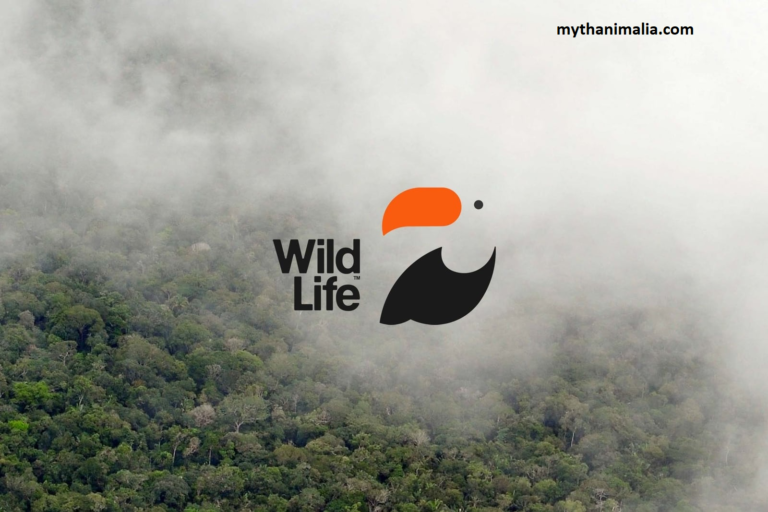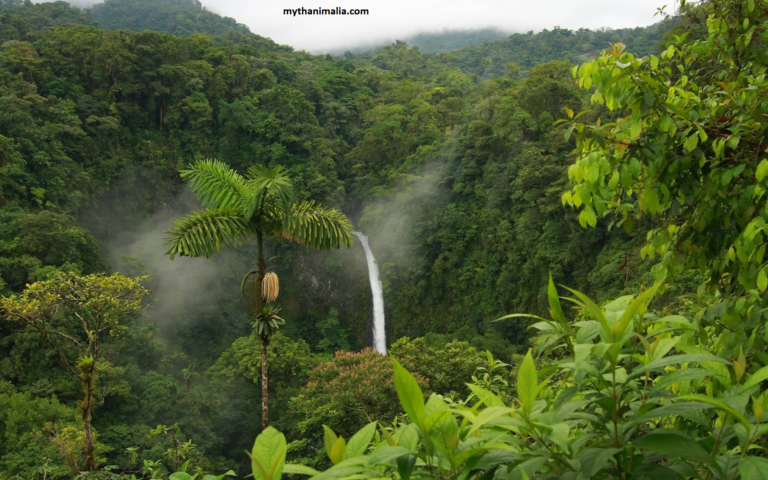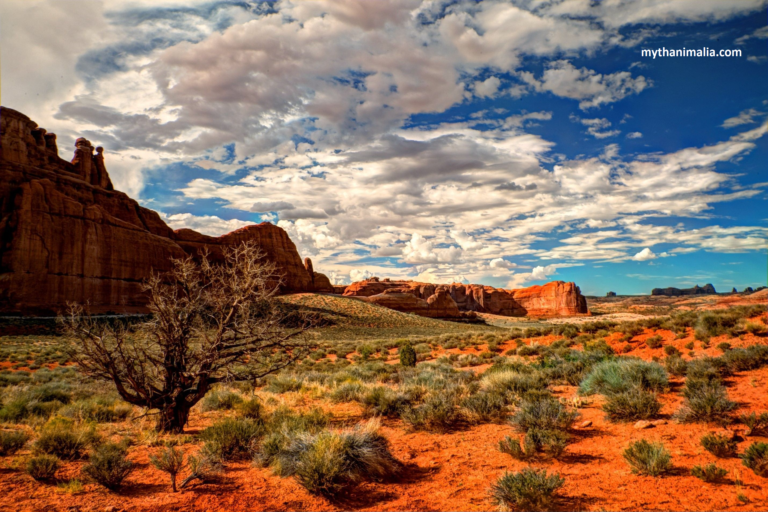Lazy Wildlife
Lazy wildlife refers to animal species that exhibit behaviors of minimal physical activity or appear less active, not out of laziness, but as an evolutionary adaptation for energy conservation. These behaviors are strategic for survival, optimizing energy use for essential activities like hunting, reproduction, and avoiding predators, rather than lethargy or lack of motivation.
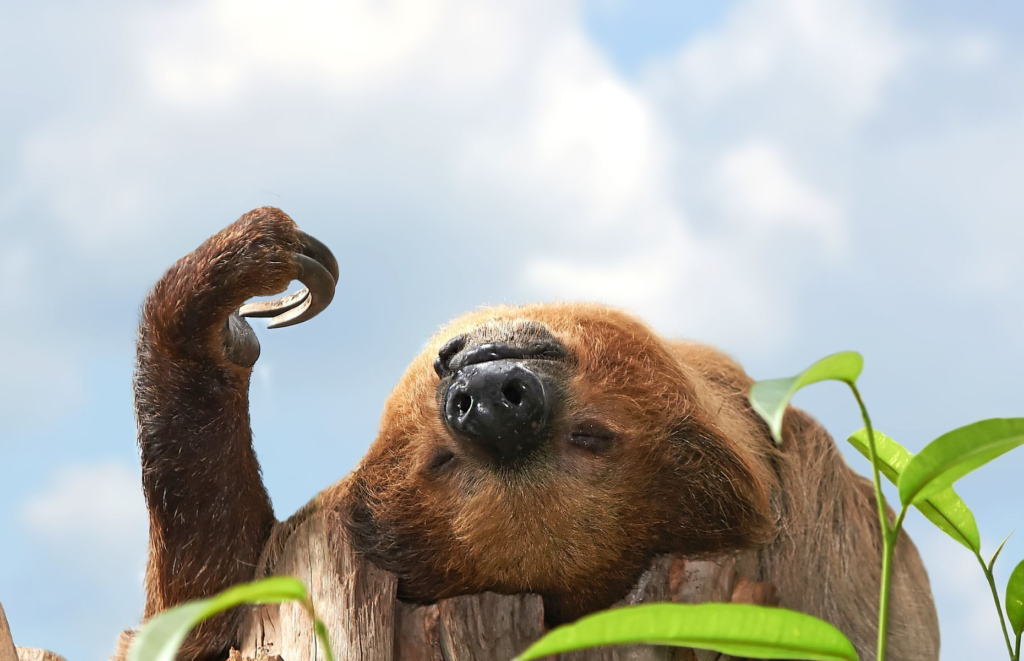
The animal world has its fair share of champions of relaxation—Koalas lounge in eucalyptus trees most of the day, fueled by low-energy leaves. Sloths take energy conservation to an extreme, hanging upside down and sleeping for up to 20 hours. Even giant pythons are experts at chilling and napping for weeks after a satisfying meal. These masters of leisure prove that sometimes, the key to survival is simply taking it slow.
Sloth
Sloths are famously known for their slow movement and laid-back demeanor. Found in tropical rainforests of Central and South America, they spend most of their time hanging upside down from trees and moving very slowly.
Sloths are the undisputed champions of laziness in the animal kingdom. These furry tree-dwellers from Central and South America exhibit passive movements and tend to sleep up to 20 hours daily.
Their slow-moving lifestyle is an adaptation to their diet of leaves, which is low in nutrients and takes a long time to digest.
Sloths have several physical features that help them conserve energy. Their fur, which often has a greenish cast due to algae growth, acts as a mini-ecosystem for tiny insects that the sloth can munch on. They also have three-toed or two-toed claws perfectly adapted for hanging upside down from branches.
Panda “Lazy Wildlife”
Giant pandas, native to China, have a reputation for being rather lazy due to their preference for bamboo, which has low nutritional value. They spend much of their day eating and resting.
Giant pandas are adorable but not exactly lazy! They may seem relaxed as they munch on bamboo, but they spend a large portion of their day eating. Giant pandas can consume 26 to 84 pounds of bamboo every day! This specialized diet is low in nutrients, so they need to eat constantly to maintain their energy.
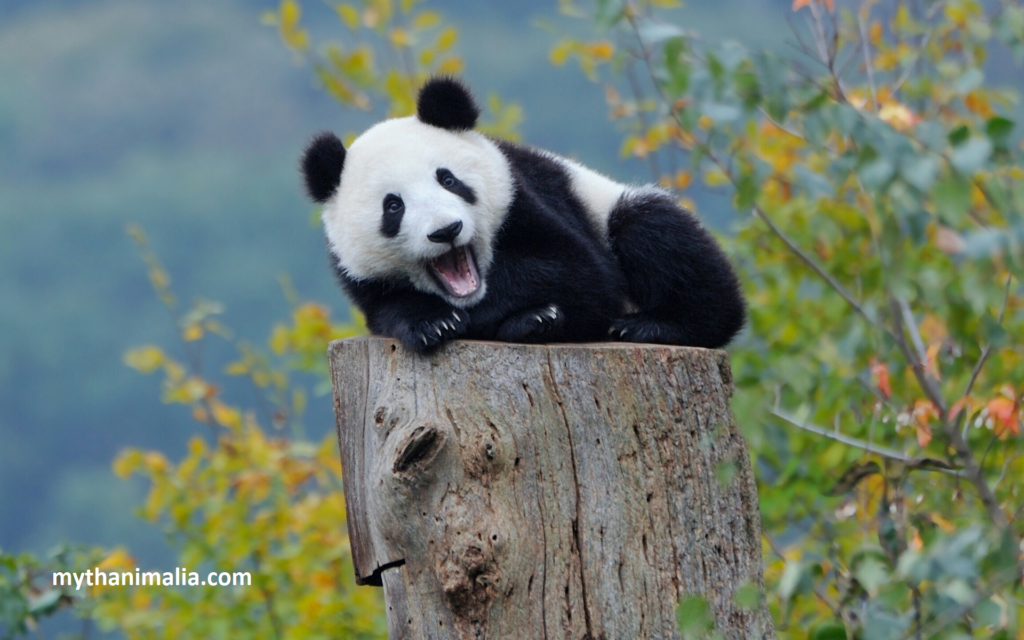
While they are active eaters, giant pandas tend to sleep for several hours throughout the day, breaking up their eating sessions with naps. They are solitary animals for the most part, except during mating season. Despite their relaxed demeanor, giant pandas are classified as vulnerable by the IUCN, due to habitat loss and low birth rates. Conservation efforts are underway to protect these iconic bears.
Koala
Koalas, native to Australia, spend the majority of their time sleeping, often up to 18–22 hours a day. They have adapted well to conserving energy due to their low-nutrient diet of eucalyptus leaves.
Koalas are strong contenders for the title of laziest animal. These cuddly marsupials native to Australia can sleep for up to 22 hours a day! Their eucalyptus leaf diet is the culprit behind their slumberous ways. Eucalyptus leaves are low in nutrients and high in fiber, making them difficult to digest. This forces koalas to conserve energy by sleeping for most of the day.
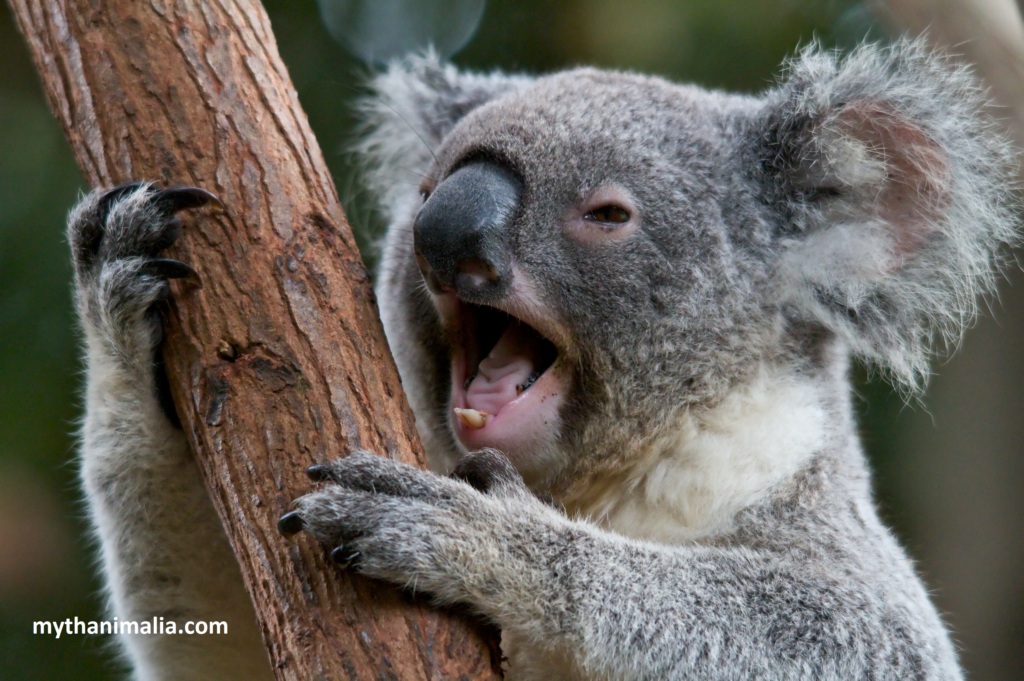
Even when they are awake, koalas are not exactly energetic. They spend most of their remaining hours munching on leaves or sitting motionless in the branches of eucalyptus trees. Koala claws are sharp and curved, perfect for gripping the smooth bark of eucalyptus trees. They also have a strong grip thanks to two opposable thumbs on their forepaws. Their thick fur keeps them warm at night, as eucalyptus forests can get chilly.
Sphinx Moth Caterpillar
The caterpillars of some species of sphinx moths exhibit sluggish movements and tend to remain in one spot for extended periods, appearing to be in a state of rest.
Sphinx moth caterpillars, also known as hornworms, are fascinating creatures. While they may not be the laziest wildlife champions like the koala, they certainly pack a punch in the size department. These impressive caterpillars can grow to be quite large, reaching lengths of 2 to 4 inches.
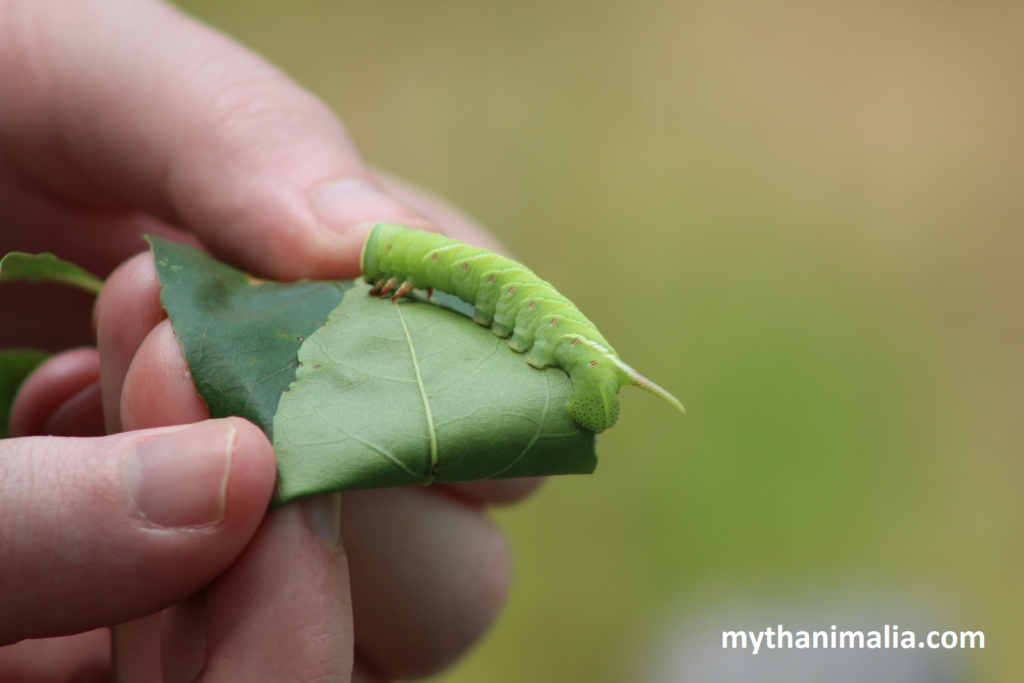
Sphinx moth caterpillars are known for their vibrant colors and distinctive patterns. They can be green, brown, or even yellow, and often have stripes or spots. Their most striking feature is the horn-like projection on their rear end, which gives them their nickname.
Sphinx moth caterpillars are voracious eaters and can consume a large amount of leaves each day. They are found on a variety of plants, including tomatoes, tobacco, and potatoes. Unfortunately, this makes them a bit of a nuisance for gardeners. However, they also play an important role in the ecosystem as pollinators. When they mature, they transform into beautiful sphinx moths, which are renowned for their rapid flight and long tongues.
Lazy Lizard
The Uromastyx lizard, also known as the spiny-tailed lizard, is sometimes called the “lazy lizard” due to its habit of basking in the sun for long periods. They are native to North Africa and the Middle East.
The term “lazy lizard” can refer to a few different things. There are several lizard species known for spending a considerable amount of time basking and conserving energy.
Bearded Dragons
These popular pet lizards are known for their love of basking in the sun. They are omnivores and spend their active periods searching for food, but they also need to spend a lot of time regulating their body temperature.
Uromastyx
Also known as the Egyptian Spiny-tailed Lizard, these chunky lizards are another species that love to lounge in the sun. Their armored bodies help them to retain heat, and they spend their days basking on rocks and burrowing in sand.
Leopard Geckos
These popular nocturnal geckos are active at night, but they hide in cool, dark places during the day. They are not quite as lazy as some other lizard species, but they do enjoy a good rest during the daylight hours.
Kangaroo
While kangaroos are known for their powerful hopping abilities, they can also be quite laid-back, lounging around in the shade during hot days and conserving energy.
Kangaroos might not be the laziest animals, but they are very good at conserving energy. They are hopping marsupials found in Australia and New Guinea and come in all shapes and sizes. The red kangaroo is the largest of all marsupials and can hop up to 70 kilometers per hour.
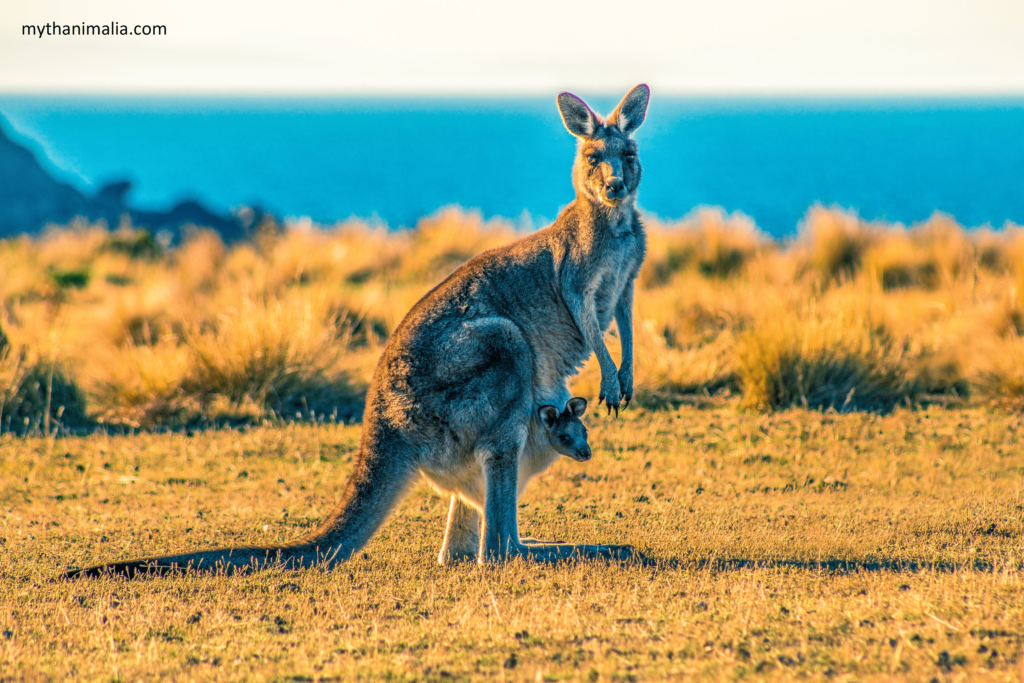
Here are some ways that kangaroos conserve energy. “Lazy Wildlife”
- Hopping. Kangaroos are incredibly efficient hoppers. Their powerful hind legs and long tails allow them to cover long distances with minimal effort.
- Resting. When they are not hopping around, kangaroos will often rest in the shade to avoid the heat.
- Diet. Kangaroos are herbivores and eat a variety of grasses, leaves, and shrubs. Their digestive system can extract nutrients from low-quality food sources, which helps them to survive in areas with limited resources.
Sloth Bear
Similar to sloths, sloth bears found in the forests of the Indian subcontinent are named for their slow and deliberate movements. They spend much of their time foraging for food and resting in trees.
The sloth bear (Melursus ursinus), also known as the Indian bear, is a shaggy, long-clawed bear species native to the Indian subcontinent. Despite its misleading name, the sloth bear is not particularly slow-moving and can be quite aggressive if threatened.
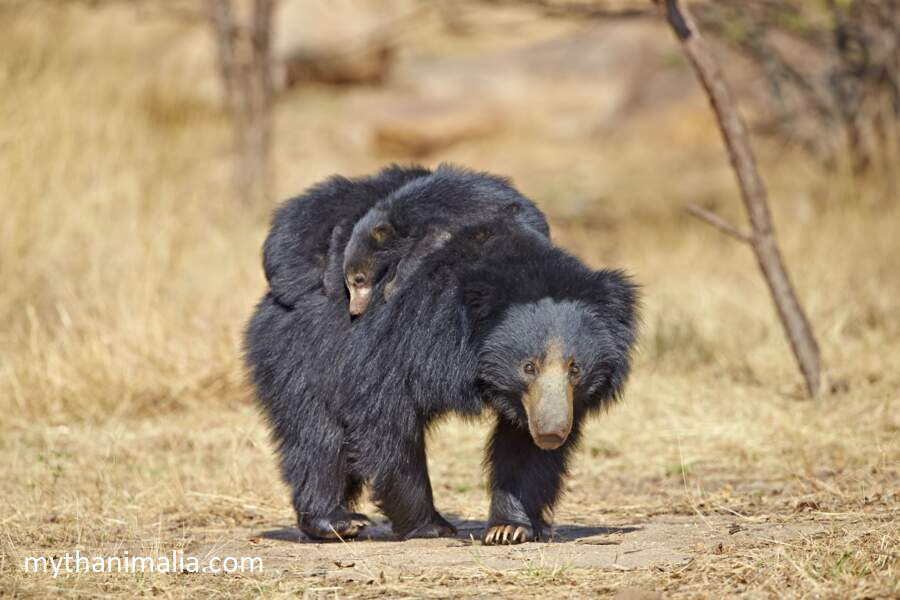
Here are some key facts about sloth bears. “Lazy Wildlife”
- Size. Sloth bears are medium-sized bears, with males typically weighing between 80 and 145 kg (176 and 320 lb), and females weighing between 55 and 105 kg (121 and 231 lb).
- Diet. They are omnivores, but their diet primarily consists of termites and ants. Their long, curved claws and powerful sense of smell help them locate and raid termite mounds and ant nests. They also eat fruits, honey, and occasionally small mammals.
- Habitat. Sloth bears inhabit a variety of habitats, including forests, grasslands, and mountains. They are nocturnal animals and are most active at night.
- Threats. Sloth bears are listed as vulnerable on the IUCN Red List. The main threats to sloth bears are habitat loss and degradation, as well as conflict with humans.
- Behavior. Sloth bears are solitary animals and only come together to mate. They are not territorial, but they will defend their range if necessary.
Here are some interesting facts about sloth bears. “Lazy Wildlife”
- Sloth bears have long, shaggy fur that is black or brown. They have a pale muzzle and a white or yellow patch of fur on their chest.
- Sloth bears are excellent climbers, despite their stocky build. They use their long claws to climb trees in search of food and to escape danger.
- Sloth bears have a poor sense of vision, but they have a keen sense of smell. They use their sense of smell to locate food sources, such as termite mounds and ant nests.
- Sloth bears are not closely related to sloths, despite their name. The name “sloth bear” comes from their long, curved claws, which were once thought to be similar to the claws of sloths.
Tortoise
Tortoises are emblematic of slow-paced movement, often taking their time to traverse their habitats. They have a leisurely demeanor and can live for decades or even centuries.
Tortoises are the undisputed champions of the slowpoke world in the animal kingdom. These shelled reptiles, native to most continents except Antarctica, exhibit incredibly slow movements and boast long lifespans.
Their slow-moving lifestyle is an adaptation to their diet and their protective shell.
- Diet. Tortoises are herbivores and primarily eat grasses, weeds, cacti, and fruits. These food sources are low in nutrients and take a long time to digest, so there’s no need for tortoises to expend a lot of energy moving quickly.
- Shell. A tortoise’s shell is its home, protecting it from predators. The heavy shell makes it difficult for them to move quickly, but it’s a worthwhile trade-off for safety.
Here are some other interesting facts about tortoises. “Lazy Wildlife”
- Longevity. Tortoises are known for their incredible lifespans. Some species, like the Galapagos giant tortoise, can live for over 100 years.
- Habitat. Tortoises can be found in a variety of habitats, including deserts, rainforests, and grasslands.
- Species. There are over 60 different species of tortoises, ranging in size from the tiny speckled tortoise, which is only about the size of a ping pong ball, to the giant tortoises of the Galapagos Islands, which can weigh over 1,000 pounds.
- Burrowing. Some species of tortoises are burrowers and will dig holes to escape the heat or cold.
- Hibernation. In colder climates, some tortoise species will hibernate during the winter months.
Hippo
Hippos spend much of their time lounging in water to keep cool and conserve energy. They are most active at night when they venture out to graze on land.
Hippos might look like lazy loungers, but that’s not quite the case. They are quite active, just not in the way we might think. These giant mammals native to sub-Saharan Africa spend most of their days submerged in water.
There are a couple of reasons for this aquatic lifestyle. “Lazy Wildlife”
- Sun protection. Hippos have very sensitive skin that can burn easily in the African sun. The water keeps them cool and protects their skin.
- Buoyancy. Hippos are enormous land animals, but in the water, they are nearly weightless. This allows them to conserve energy.
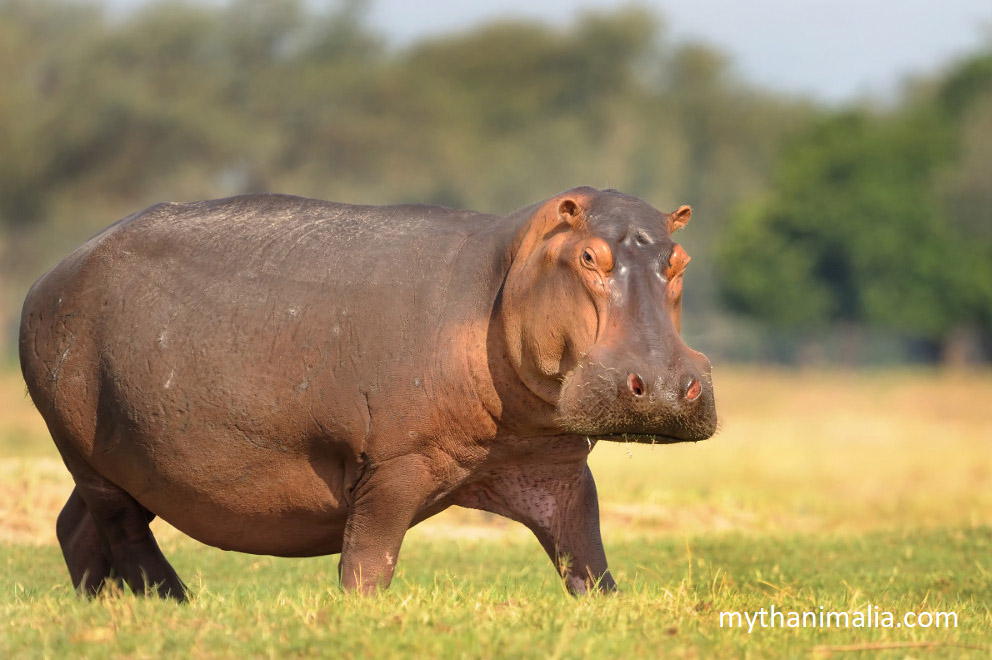
Here’s what hippos do when they’re not chilling in the water.
- Grazing. Hippos are herbivores and come out of the water at night to graze on grass. They can eat up to 80 pounds of grass in a single night.
- Socializing. Hippos are social creatures and spend time interacting with each other in the water. They can be quite aggressive, and fights between males are common.
So, while hippos might seem lazy due to their spending most of their days in the water, they are quite active at night. They are an important part of the African ecosystem and play a vital role in seed dispersal.
Manatee
Also known as “sea cows,” manatees are large aquatic mammals known for their slow, peaceful movements. They spend much of their time grazing on aquatic plants and resting in shallow waters.
Manatees are gentle giants of the ocean, often referred to as “sea cows” due to their herbivorous diet and docile demeanor. These fascinating marine mammals are slow-moving and can appear lazy as they graze on seagrasses throughout the day.
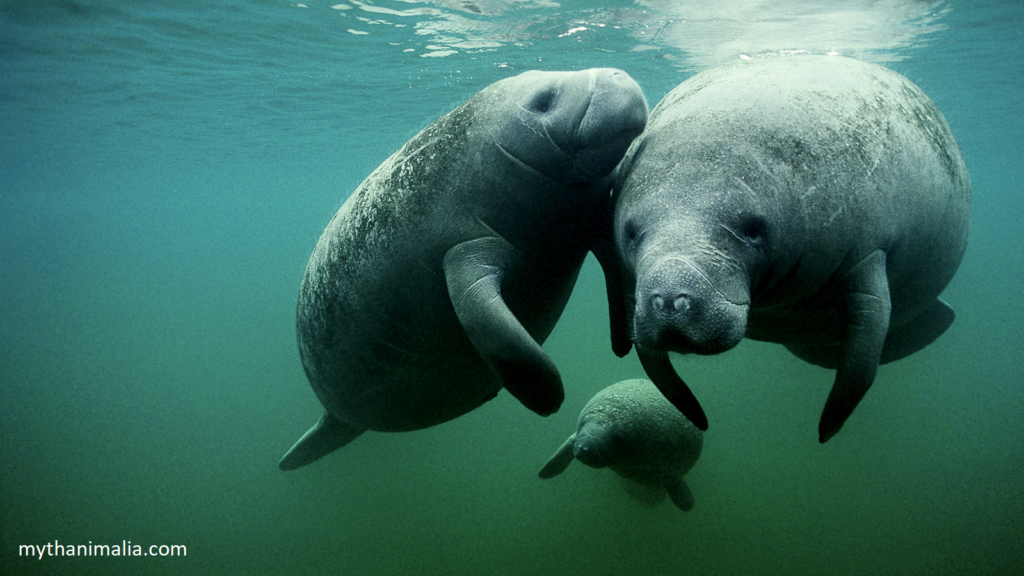
Here are some interesting facts about manatees. “Lazy Wildlife”
- Size. Manatees are one of the largest living marine mammals. They can grow up to 13 feet (4 meters) long and weigh up to 3,500 pounds (1,590 kilograms). Females are typically larger than males.
- Habitat. Manatees are found in warm, shallow waters around the world, including the southeastern United States, the Caribbean Sea, and parts of Africa and South America.
- Diet. As mentioned before, manatees are herbivores and primarily eat seagrasses. They use their large, flexible snouts to graze on underwater vegetation. They can consume up to 10% of their body weight in plants each day.
- Slow movers. Manatees are not built for speed. They typically swim at a leisurely pace of 3-5 miles per hour (5-8 kilometers per hour). Their slow metabolism and herbivorous diet don’t require them to expend much energy.
- Gentle giants. Manatees are known for their calm and curious nature. They are not aggressive towards humans and will often approach boats to investigate. However, their large size and slow reflexes can sometimes lead to collisions with ships, a major threat to manatee populations.
- Vulnerable status. Unfortunately, manatees are listed as vulnerable on the IUCN Red List. Their slow reproduction rate and habitat loss due to coastal development and pollution threaten their survival. Conservation efforts are underway to protect manatees and their habitats.
FAQs for Lazy Wildlife
Q1- What does it mean when an animal is described as ‘lazy’?
A1- ‘lazy’ refers to animals that spend a significant portion of their day resting or sleeping. This behavior is typically a natural adaptation that helps conserve energy for survival, reproduction, and foraging.
Q2- Which animals are considered the ‘laziest’ and why?
A2- Some animals often considered lazy include sloths, koalas, and certain reptiles. These species have slow metabolisms and low-energy diets, which means they require less food and spend much of their time resting.
Q3- How does laziness benefit these animals?
A3- What might appear as laziness is actually an efficient survival strategy. It minimizes the animal’s energy expenditure, reduces their exposure to predators, and aligns with its dietary needs, which might be low in calories and nutrients.
Q4- Are there any risks associated with this ‘lazy’ behavior?
A4- While their energy-conserving lifestyles can be beneficial, these animals may face risks such as vulnerability to predation during sleep or less time for reproductive activities. However, their evolutionary adaptations typically provide effective countermeasures to these risks.
Q5– How do human activities impact lazy wildlife?
A5- Human activities such as habitat destruction, climate change, and pollution can disproportionately affect low-energy species. These animals may struggle to adapt to rapid changes in their environment, leading to decreased populations.
Q6- What role do lazy animals play in their ecosystems?
A6- Despite their low activity levels, these animals play crucial roles in their ecosystems, such as aiding in the dispersal of seeds and maintaining the balance of food webs.

